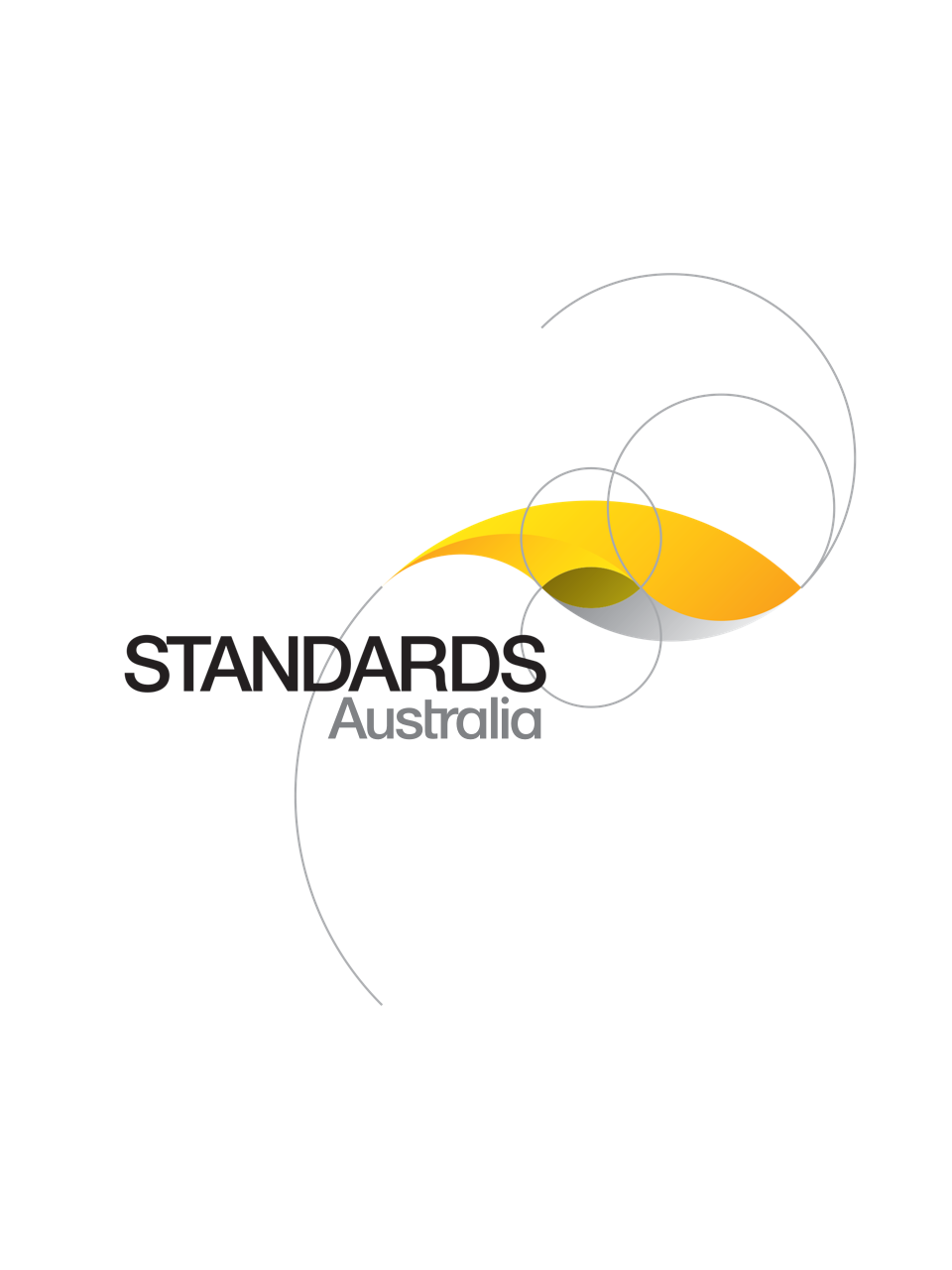Standard
Track updates
AS 1884:2021
[Current]Floor coverings - Resilient sheet and tiles - Installation practices
Sets out procedures for the preparation, laying and fixing of resilient sheet and tile floor coverings in all forms including flexible PVC, semi-rigid PVC, hybrid modular, linoleum, rubber. Also applies to self-adhesive tiles. Gives details of work necessary to prepare subfloor surfaces, with procedures for laying resilient covering. Does not apply to the laying of synthetic or natural fibre carpet, carpet tiles, timber or cork products. KEYWORDS: sheet; tiles; preparation; laying; fixing
Published: 05/02/2021
Pages: 56
Table of contents
Cited references
Content history
Table of contents
Header
About this publication
Preface
1 Scope and general
1.1 Scope
1.2 Normative references
1.3 Terms and definitions
1.4 Materials
1.4.1 Resilient floor covering
1.4.2 Adhesive
1.4.3 Underlay and underlayment
2 Pre-installation requirements
2.1 Site inspection
2.1.1 Pre-installation preparation
2.1.2 Subfloor information
2.1.3 Report by flooring contractor
2.2 Information
2.2.1 General
2.2.2 Commercial installations
2.2.3 Residential installations
3 Subfloors and underlays
3.1 Concrete subfloors
3.1.1 Construction
3.1.2 Dryness
3.1.3 Surface pH
3.1.4 Surface quality
3.1.5 Surface preparation
3.2 Sand-cement Screed subfloors
3.3 Engineered screed subfloors
3.4 New concrete subfloors
3.4.1 General
3.4.2 Construction
3.4.3 Dryness
3.4.3.1 General
3.4.3.2 Surface
3.5 Existing concrete subfloors
3.5.1 General
3.5.2 Construction
3.5.3 Dryness
3.5.4 Surface
3.6 Timber, plywood, particleboard and fibre-cement sheet subfloors
3.6.1 New construction
3.6.1.1 General
3.6.1.2 Dryness
3.6.1.3 Surface quality
3.6.2 Ventilation
3.6.3 Preparation of timber, plywood and particleboard subfloors
3.6.4 Installation of underlay for timber, plywood and particleboard subfloors
3.6.4.1 Underlay joint show-through
3.6.4.2 Hardboard underlay
3.6.4.3 Fibre-cement underlay
3.6.4.3.1 General
3.6.4.3.2 Subfloor preparation
3.6.4.3.3 Fibre-cement underlay installation
3.6.5 Plywood subfloors
3.6.6 Particleboard subfloors
3.6.7 Fibre-cement sheet subfloors
3.6.7.1 General
3.6.7.2 Subfloor preparation
3.6.7.3 Fibre-cement sheet flooring installation
3.6.8 Existing coverings and finishes
4 General conditioning and installation procedures
4.1 Conditioning of floor covering and subfloor
4.1.1 On-site storage and conditioning
4.1.2 Air-conditioned areas
4.1.3 Heated subfloors
4.1.4 Subfloors in cool rooms and cold stores
4.2 General installation procedures
4.3 Silica dust control
4.4 Cleaning and maintenance
5 Installation procedures for specific flooring types
5.1 Resilient wall and floor sheet
5.1.1 General
5.1.2 Setout
5.1.3 Adhesive
5.1.4 Seaming
5.1.5 Coving
5.1.6 Completion
5.2 Wet area floor and wall resilient sheet
5.2.1 Floor resilient sheet
5.2.1.1 General
5.2.1.2 Adhesive
5.2.1.3 Seam welding
5.2.1.4 Coving
5.2.2 Wall resilient sheet
5.2.2.1 General
5.2.2.2 Adhesive
5.2.2.3 Overlap method
5.2.2.4 Welded method
5.3 Linoleum
5.3.1 On site storage and conditioning
5.3.2 Adhesive
5.3.3 Setout
5.3.4 Installation
5.3.5 Seaming
5.3.6 Border coving
5.3.7 Completion
5.4 Rubber sheet and tiles
5.4.1 Conditioning
5.4.2 Adhesive
5.4.3 Tile setout
5.4.4 Sheet setout
5.4.5 Installation
5.4.6 Seaming
5.4.7 Completion
5.5 Vinyl composite tiles (VCT)
5.5.1 Conditioning
5.5.2 Adhesive
5.5.3 Setout
5.5.4 Installation
5.5.5 Completion
5.5.6 Protection
5.6 Luxury vinyl tile and plank (LVT, LVP)
5.6.1 Conditioning
5.6.2 Adhesive
5.6.3 Setout
5.6.4 Installation
5.6.5 Completion
5.6.6 Protection
5.7 Loose lay installation — Sheet, plank and tile
5.7.1 General
5.7.2 Conditioning
5.7.3 Seaming
5.7.4 Mechanical fixings
5.7.5 Completion
5.8 Hybrid modular flooring
5.8.1 General
5.8.2 Conditioning
5.8.3 Installation over existing floor coverings
5.8.4 Inspecting the hybrid modular floor coverings before installing
5.8.5 Setout
5.8.6 Threshold strips, expansion and edge treatments
5.8.7 Completion
5.9 Static (electrostatic) control
5.9.1 General
5.9.2 Conditioning
5.9.3 Adhesive
5.9.4 Installation
5.9.5 Conformance testing
5.9.6 Completion
Appendix A
A.1 Background
A.2 Principle
A.3 Testing procedures
A.3.1 General
A.3.2 Concrete subfloors
A.3.2.1 Test methods
A.3.2.2 Relative humidity (RH) in situ probe test (primary test method)
A.3.3 Timber, plywood and particleboard subfloors
A.4 Test report
Appendix B
B.1 Background
B.2 Moisture vapour emission rate surface test (secondary test method)
B.3 Calibration of scale
B.4 Test report
Appendix C
C.1 Background
C.2 Principle
C.3 Testing procedures
C.3.1 Apparatus
C.3.2 Procedure
C.4 Test report
Appendix D
D.1 General
D.2 Concrete subfloors
D.3 Timber subfloors
Appendix E
Appendix F
F.1 General
F.2 Adhesive type
F.3 Ambient environment, adhesive application and transference
F.4 Basic subfloor preparation
F.5 Trowel types
Appendix G
G.1 General
G.2 Antistatic/low charging floors
G.3 Groundable floors, conductive or dissipative
Appendix H
Bibliography
Cited references in this standard
[Current]
Residential timber-framed construction — AS 1684.2 (Non-cyclone areas) & AS 1684.3 (Cyclone areas) Supplements
[Superseded]
Reconstituted wood-based panels - Specifications, Part 1: Particleboard
One-time Purchase
Access via web browser on any device
One-time purchase
Single publication
Offline access via PDF^
$213.50 AUD
Inclusive of GSTFormat *
Web Reader
Licenses *
1 License (for yourself - not shareable)
Total$213.50 AUD
IMPORTANT
